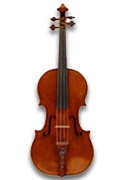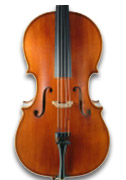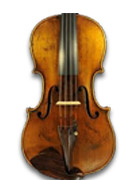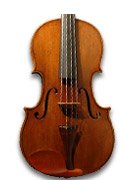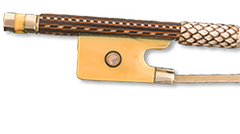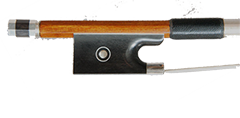바이올린을 구입
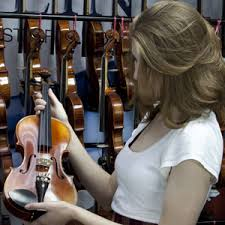
'Written by Emma Hinge
바이올린 구입을 고려 중이라면 먼저 어떤 종류의 바이올린이 필요한지, 얼마만큼의 가격을 지불할 의향이 있는지 자문해 보세요. 이제 막 시작했다면 예산에 맞는 학생용 바이올린이 필요할 것입니다. 그러나 이러한 구매에도 주의해야 할 사항이 있습니다. 초보자 바이올린 구입을 위한 최고의 팁은 다음과 같습니다.
- There are thousands and thousands of Stradivarius copies. That Stradivarius violin in your attic/on that website is not a real one.
- Look for sellers who guarantee the quality of their product. Especially when buying online, ask if they have a money back or swap policy if the violin is not up to standard.
- As a rule, try to buy something that has a label in it/make sure the seller tells you where and when it was manufactured. Always know what you are buying
- You get what you pay for. If you are spending less than $100 on a violin, it will have a poor tone, and be harder to play than a more expensive violin.
- As a rule, avoid mass-produced violins like Ashtons, or anything made in China, Taiwan, Hong Kong etc. These tend to be unbalanced, have a horrible tone (meaning your playing will be extra scratchy) and badly put together, making the violin harder to play than usual.
- Ask for the height between the fingerboard and the strings - the higher this measurement, the harder the strings are to push down (and the harder it is to get a good sound.) 5-7mm or under is good, if it's more than a cm, don't buy it.
- Check the feedback from other buyers, or ask for recommendations from a local teacher or professional. Don't buy from a website you are not familiar with.
- Check the size! Adults need a full-size violin, children should be sized by a professional. (the typical rule is that they should be able to turn the violin upside down, rest it under the armpit and along the arm, and be able to get their fingers to touch/slightly wrap around the scroll.)
When upgrading your violin/bow, there many more things to consider. Remember to always, always get a professional opinion, and never set your heart on a violin before you get it valued. It may look fine on the outside, but could be damaged on the inside. (Or not worth the amount it would cost to repair.) Other than this, have a look at these general tips to make upgrading easier.
- Always ask for valuation papers/get the seller to do a valuation for you. Make sure this is a professional valuation (ring the person/business who evaluated it to make sure they are qualified to value violins.) If there is any doubt in your mind the instrument is not the real deal, don't buy it.
- Always try before you buy. Preferably for a few days/weeks, as you will not get a good feel for the violin otherwise.
Check to see how the violin compares to others (including your own) Is the bow heavier (bad) or lighter? (good.) Is the tone the same, or sweeter, or deeper? Is it easier to place the fingers on the fingerboard?
Move positions? Play in high positions? Make sure you really think about every possible difference, and whether this difference suits you and your playing style.
- Violins never depreciate in value (if you do not break them, and don't get duped into buying more than a violin is worth.)It is OK to upgrade several times if you need to, as long as you can find a buyer for your current violin, you will never loose out.
- Check the balance point of the bow (should be around a quarter-couple of cm less than half of the way up the bow.)
- Check the quality of the strings. Strings are expensive to replace, ask what brand of stings the seller has on the violin.
- Don't buy if you can't try, or if they don't have a refund policy.
Visit our violin shop for old violins.French violins, Italian violins and violas.
or visit our section of professional French violin bows, or French cello bows
Visit our cello shop
or visit our section of professional French violin bows, or French cello bows
Visit our cello shop








